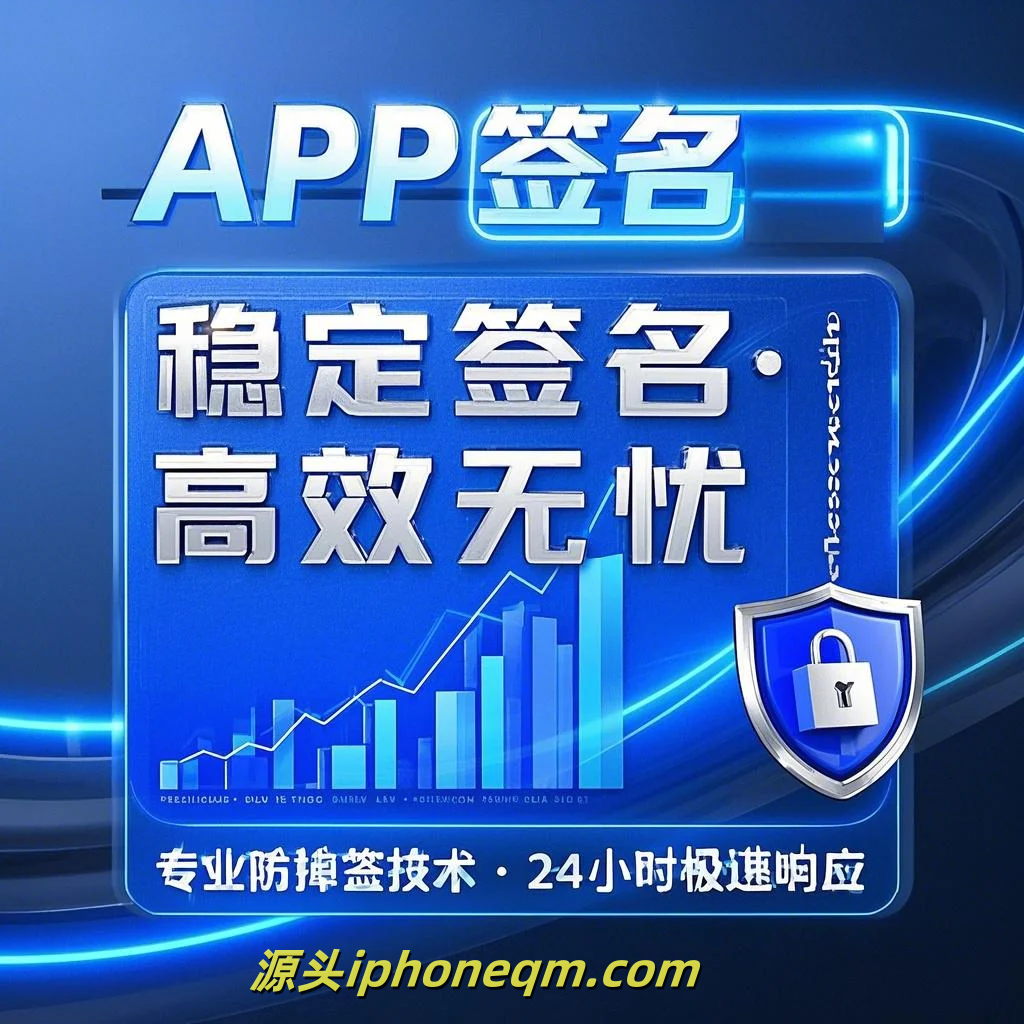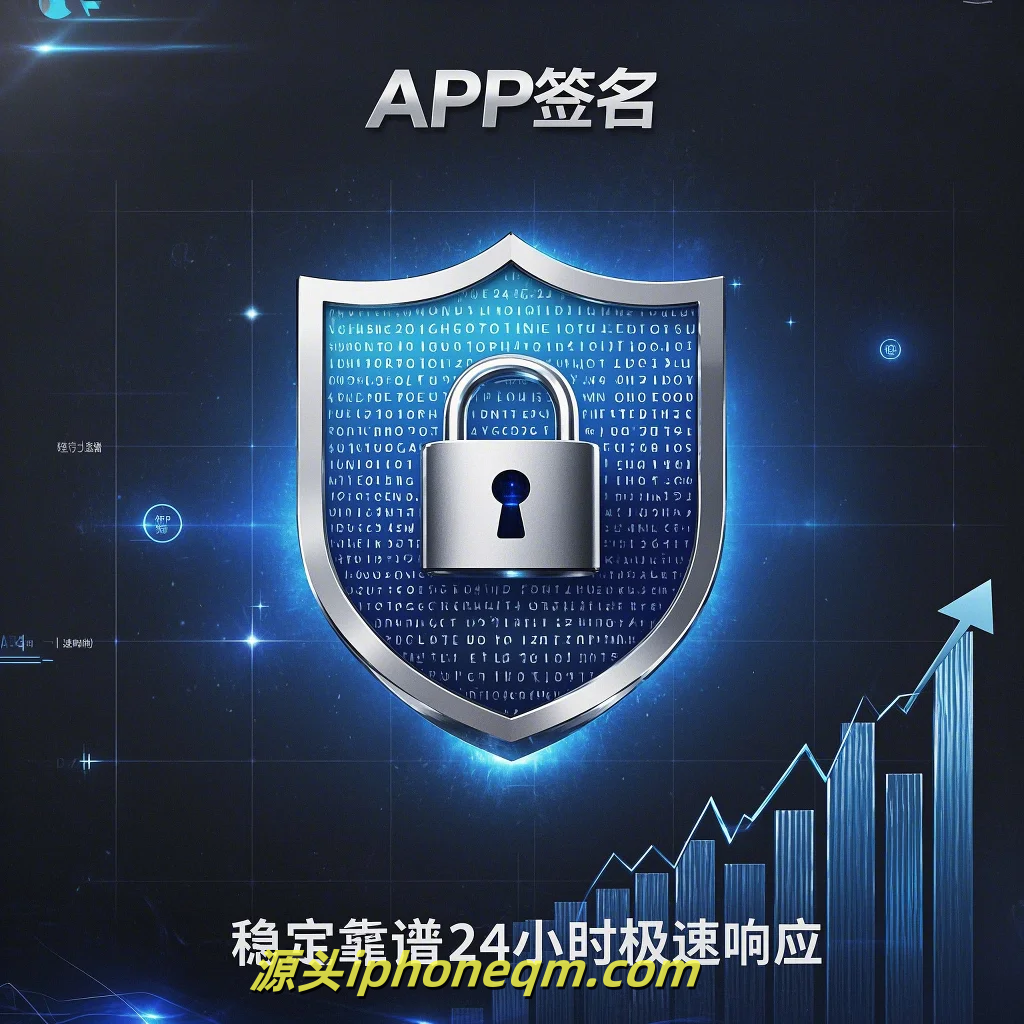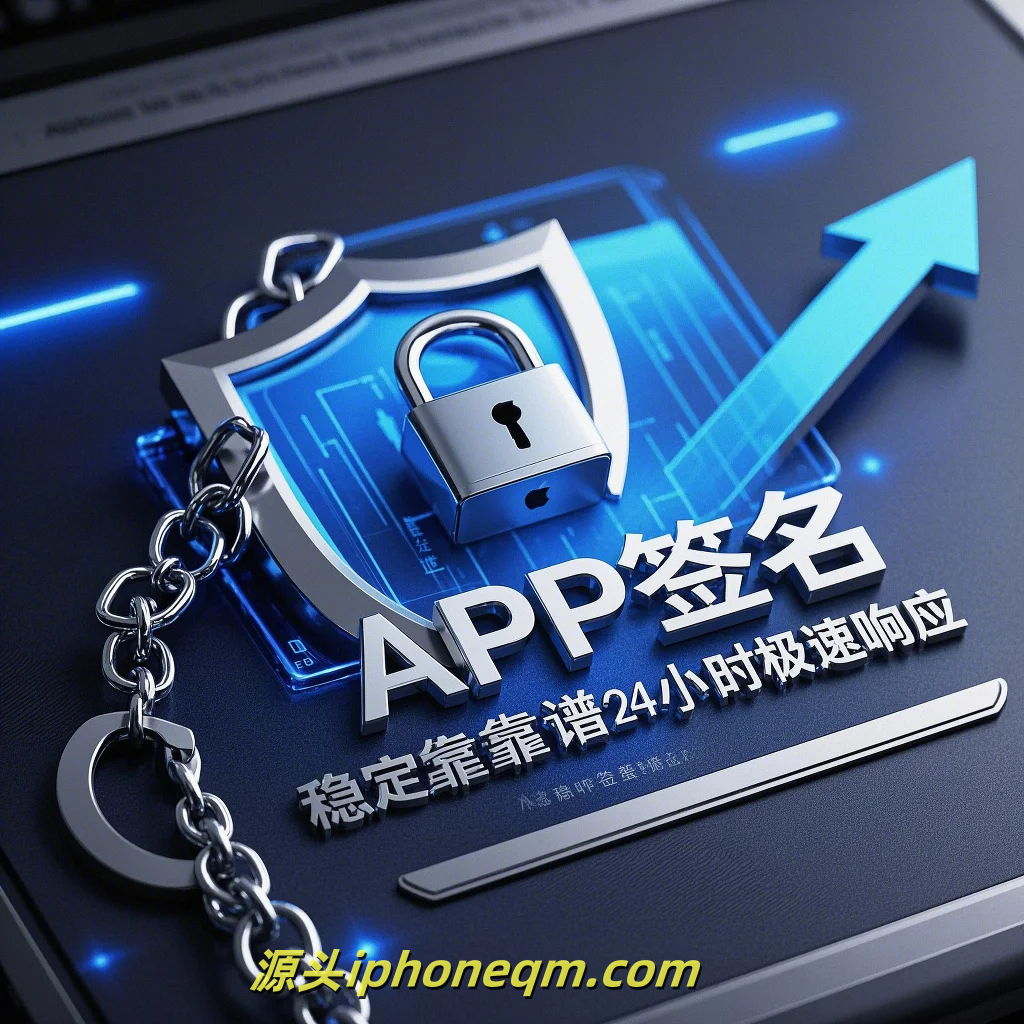Critical Elements of iOS Signing Certificates
In the realm of iOS app development, understanding the critical elements of signing certificates is vital for ensuring the security and integrity of your applications. As developers navigate the complexities of Apple's ecosystem, the signing process plays a crucial role in distributing and validating applications on iOS devices. Here, we will break down the essential components of iOS signing certificates, their functions, and best practices.
Firstly, let's define what a signing certificate is. A signing certificate serves as a digital ID that authenticates the identity of the developer or organization behind an application. When you sign an app, you bind your identity to it, assuring users and the operating system that the app is legitimate and hasn't been tampered with since its creation.
One of the critical elements is the provisioning profile. This profile links the signing certificate to the app being developed. It contains details about the app, such as its App ID, the devices it's allowed to run on, and the signing certificates that can be used to sign the app. It's essential to ensure that the provisioning profile matches the signing certificate used during the development process. Mismatched profiles can lead to build failures and complications during app distribution.
Another vital component is the actual signing certificate itself, which you can obtain through Apple's Developer Program. This certificate is issued by Apple and is tied to your developer account. There are two primary types of signing certificates: Development and Distribution. Development certificates are used for testing apps on physical devices, while Distribution certificates are used for submitting apps to the App Store or distributing them via Ad Hoc or Enterprise methods. It’s important to manage these certificates carefully, keeping them secure to prevent unauthorized access.
A significant aspect of iOS signing certificates is the importance of maintaining an up-to-date certificate status. Apple regularly updates its security protocols, and failing to renew or replace expired certificates can result in app rejections during the submission process or potential security vulnerabilities. Developers should routinely check the status of their certificates and provisioning profiles through Xcode or the Apple Developer portal.

Moreover, ensuring a proper certificate chain is critical for successful code-signing. Apple’s system uses a chain of trust, where your app is validated against Apple's root certificate authority. If the chain is broken or invalid, the app may not run on user devices, which could lead to poor user experience and negative reviews.
Finally, it’s essential to adhere to best practices for managing signing certificates. This includes backing up your private keys securely, revoking old or unused certificates, and regularly reviewing your team’s access to shared certificates. Employing a version control system can also streamline the management of your certificates, making it easier to track changes and updates.
In conclusion, understanding the critical elements of iOS signing certificates is paramount for any iOS app developer. From provisioning profiles to the types of certificates, the integrity of your applications heavily relies on the proper management and use of these digital assets. By staying proactive and implementing best practices, developers can ensure a smooth development process, maintain the trust of their users, and navigate the complex environment of iOS app distribution effectively.
扫描二维码推送至手机访问。
版权声明:本文由MDM苹果签名,IPA签名,苹果企业签名,苹果超级签,ios企业签名,iphoneqm.com发布,如需转载请注明出处。












